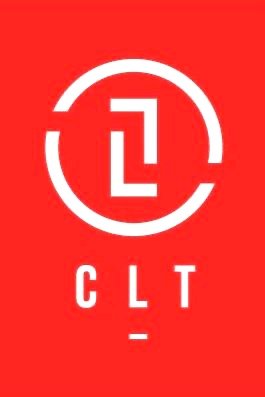One of the most common questions, we at Collaborative Leadership Team (a Certified Agile Consultancy in Minneapolis, MN ) receive when coaching or training clients on Scrum is, “What does Scrum say about that?” or “How can going through Scrum Training help that?” In this case, “that” refers to any number of topics including, but not limited to, job titles, compensation, organizational structures and reporting relationships.
Scrum, much like Waterfall-based product development methods, does not specify an approach to these topics. While some use this lack of specificity to reject Scrum, I believe they are missing one of the key benefits of Scrum. Scrum doesn’t tell you how to run your company. Scrum doesn’t prescribe how you organize your company. Scrum doesn’t tell you what titles people should have or how they should be compensated.
Instead, Scrum training provides a simple framework allowing you to regularly develop working product meetings or, hopefully, exceed the needs of your users. What you choose to add to the framework is based on your unique situation. This freedom is a manifestation of the Simplicity principle supporting Agile methods – “maximize the amount of work not done”.
This principle, and the freedom that comes with it, scares those that reject Scrum. They are afraid the many activities they have been engaging in – things like developing long, detailed requirements documents, testing only at the end of the development process and waiting 12+ months to deploy software – aren’t valuable. When they are confronted with the simplicity of Scrum and singular goal of developing working software, they realize they have been engaged in “CAP”, they have been “Confusing Activity with Progress”.
The Scrum framework peels away activities, processes and tools causing teams and organizations to engage in “CAP”. Once a Team has stripped away of all these items and starts with the foundation provided by the framework, it can add back those items that truly add value, leading to working software people want to use via a series of experiments.
People shouldn’t fear Scrum or its simplicity – both allow them to maximize value while managing and minimizing CAP.
If you’d like to learn more about Scrum and attend Scrum Training to learn how it can help your organization avoid CAP check out our class options here.
Author: Collaborative Leadership Team. Learn more about our coaches and offerings here.



